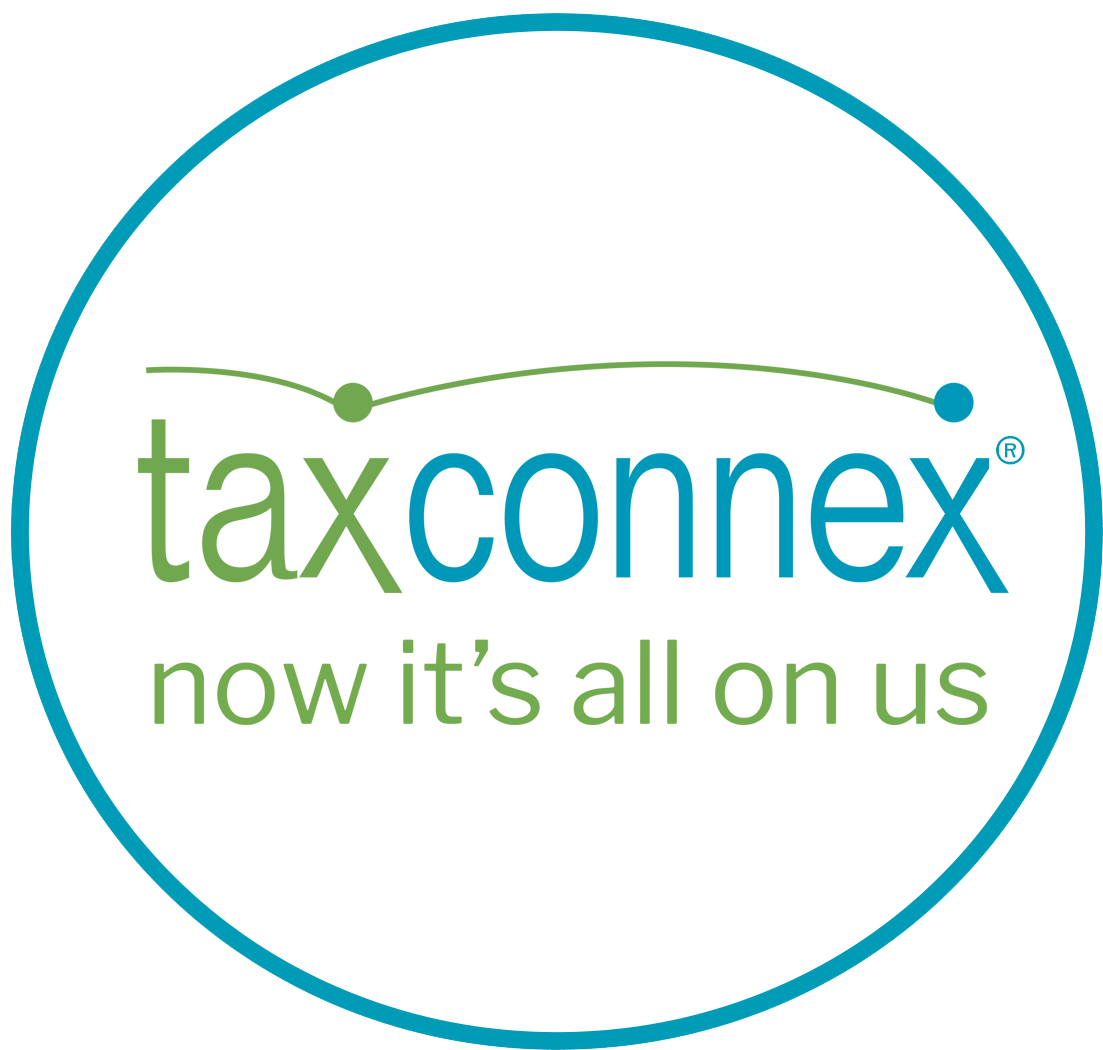
When looking at all that goes in to maintaining your business’s compliance in sales tax, the filing of your returns is often seen as one of the easiest tasks. Yet, that doesn’t mean there aren’t things that can trip you up in the process.
Be sure to follow these four steps to ensure you don’t run into issues.
1. Pick the right form. Compliance starts with the right form. To be sure you have that, you must understand the difference between sales tax, seller's use tax, and vendor's use tax.
Sales tax is imposed on the sale, transfer, or exchange of a taxable item or service, it applies on the sale to the end user, i.e. the consumer, and is added to the sales price.
Seller’s use tax is offered by certain states to vendors who meet certain requirements – often when a vendor is selling from outside the state. Seller’s use tax rates may differ from sales tax rates; it also applies on the sale to the end user and is added to the sales price.
Consumer’s Use tax is imposed on the storage, use or consumption of a taxable item or service on which no sales or seller’s use tax has been paid.
The Sales Tax Institute notes that most states, once a business registers for sales or use tax, initially send preprinted tax returns to taxpayers unless the taxpayer has registered for e-file status. These forms and the corresponding tax you are required to remit are determined and set up by the state based on the company’s initial registration as a taxpayer in that state. For e-filers, the return is set up in the state’s system based on the registration information provided.
If you don’t know if you are registered correctly, contact the state to confirm what information they have in your file regarding your type of business and business or inventory locations. Changes within your business operations can result in changes for tax collection and the type of form you need to submit.
2. Fill out the form correctly. Sales tax returns start with reporting gross sales. You can then claim deductions to calculate taxable sales. Some states’ forms have multiple lines to report deductions; others don’t. Failure to put the deductions on the correct line likely won’t result in an assessment or penalty, but it could raise questions under audit.
3. Don't miss a due date. This sounds simple but it’s amazing how these deadlines can fall through the cracks.
With sales and use tax compliance, there are six primary deadlines each month – 7th, 10th, 15th, 20th, 25th and 30th – without considering the odd due dates for certain states. Not to mention that the process of reporting sales tax and the amount of information required on each return varies with each state and local jurisdiction. Returns are typically due either monthly, quarterly, or annually. But some states have more unusual frequencies, including semi-annual, bi-monthly, occasional, and sometimes weekly prepayments. In most cases, the higher the volume of tax to be reported, the more often you are required to file and pay.
Missing a sales tax filing can be very expensive. Managing your tax calendar is a very important piece of the compliance process. Your calendar should reflect where your business is registered for sales tax purposes, the filing frequency of each return, the e-file credentials and other state-specific information. This calendar will need to be maintained and updated as filing frequencies change or you register in additional state or local jurisdictions.
4. File and pay. Filing returns in paper format is still used by states for some level of taxpayers, but most states now use electronic filing for sales and use tax returns. The most common approach taken by states is web-filing, in which you log onto the state’s department of revenue website and input the required data into a web form. In some cases, you can import your data into the web form.
Payments are generally due on the same date as the return. Many states allow or even require electronic payment. If you are required to pay electronically and instead send a check, penalties could apply.
Sales tax non-compliance can add significant risk to your business. If you need additional help on how to fill out sales and use tax returns, we can help you comply and stay on top of this ever-changing tax environment. Contact us to learn about the latest developments in sales-tax nexus and what they mean to you and your company. It is important to not only understand the everchanging pieces when remaining compliant, but also understand what you file and remit from it. Click here if you want to connect the dots and know what you're filing






.png?width=1200&height=628&name=2023%20logo%20with%20SOC%20and%20clearly%20rated%20(2).png)